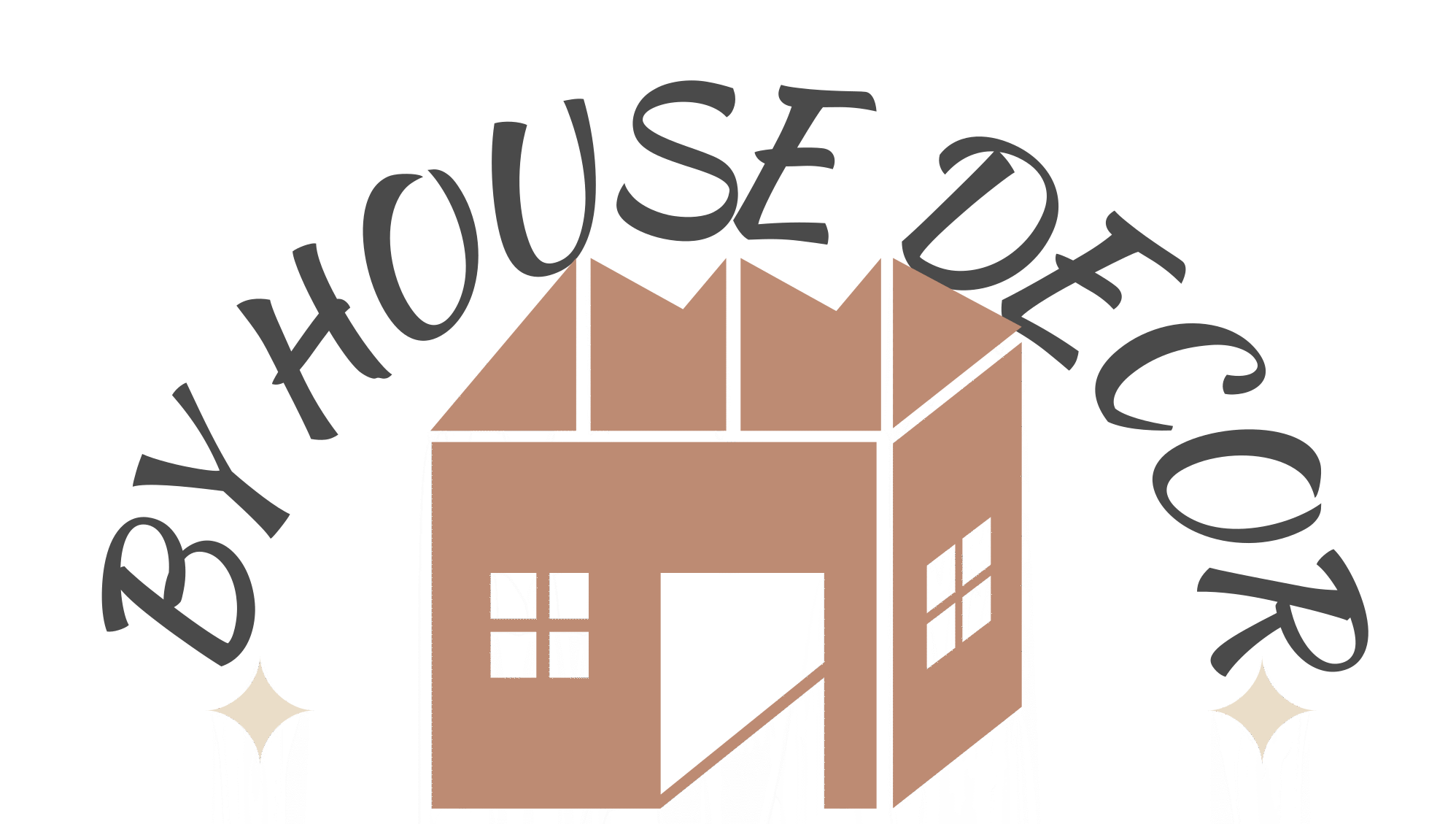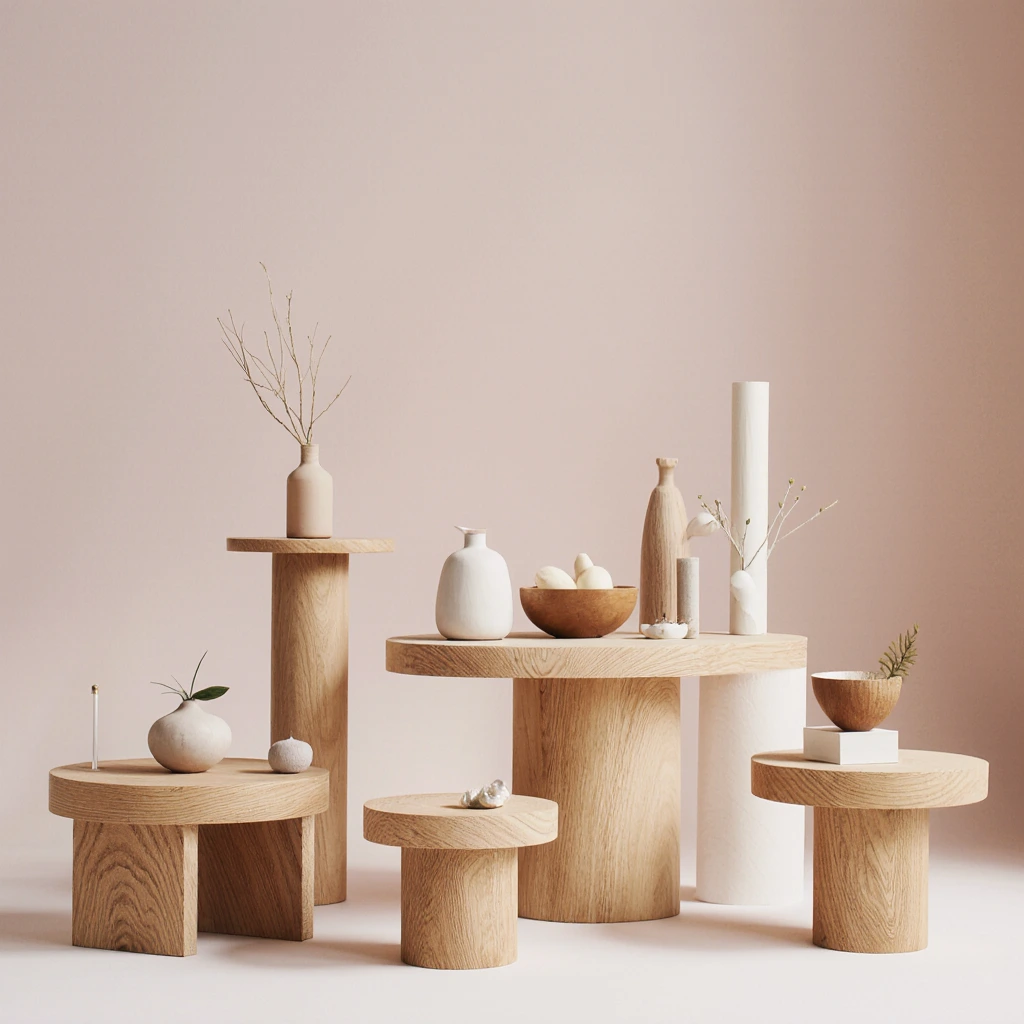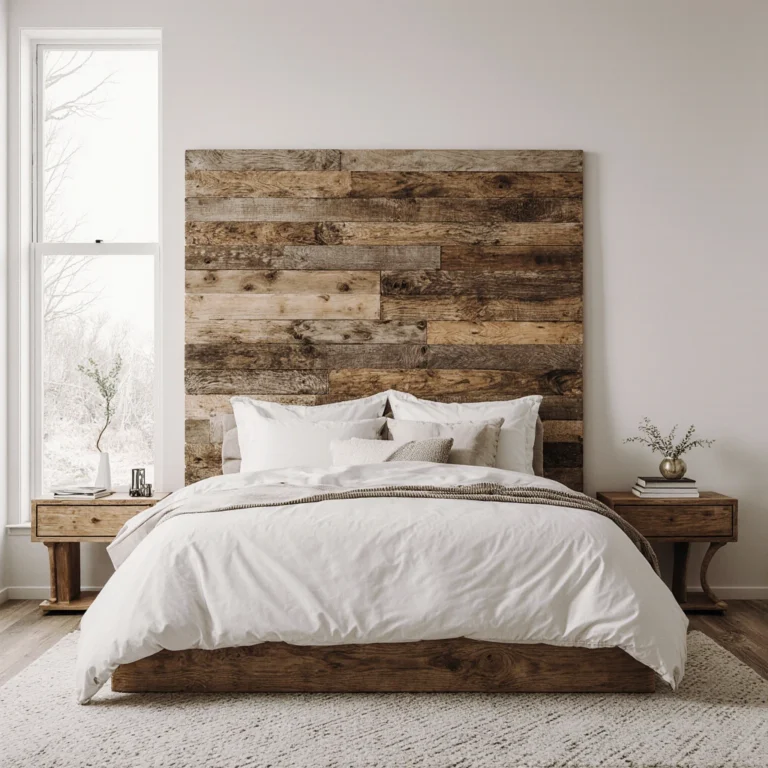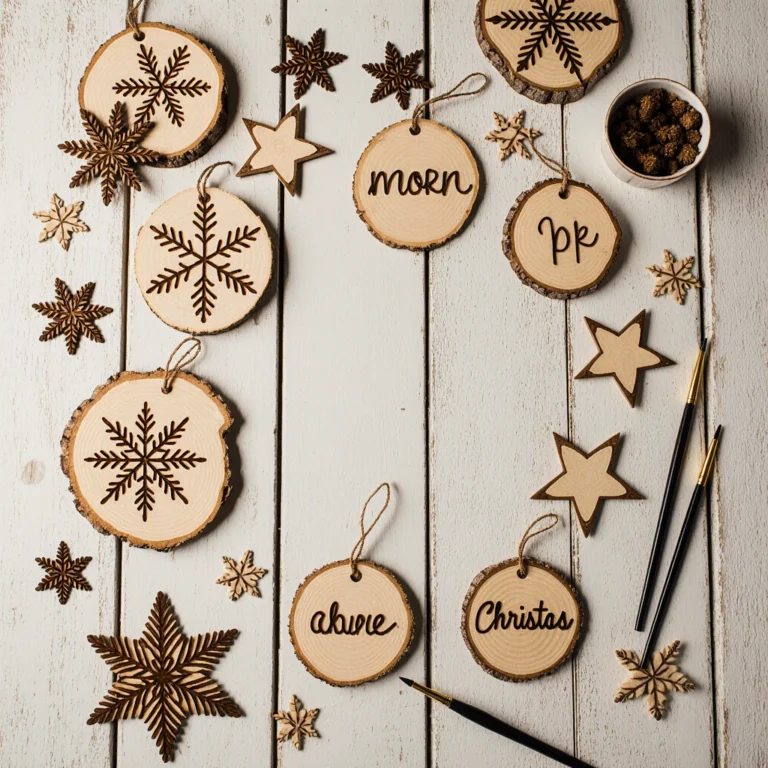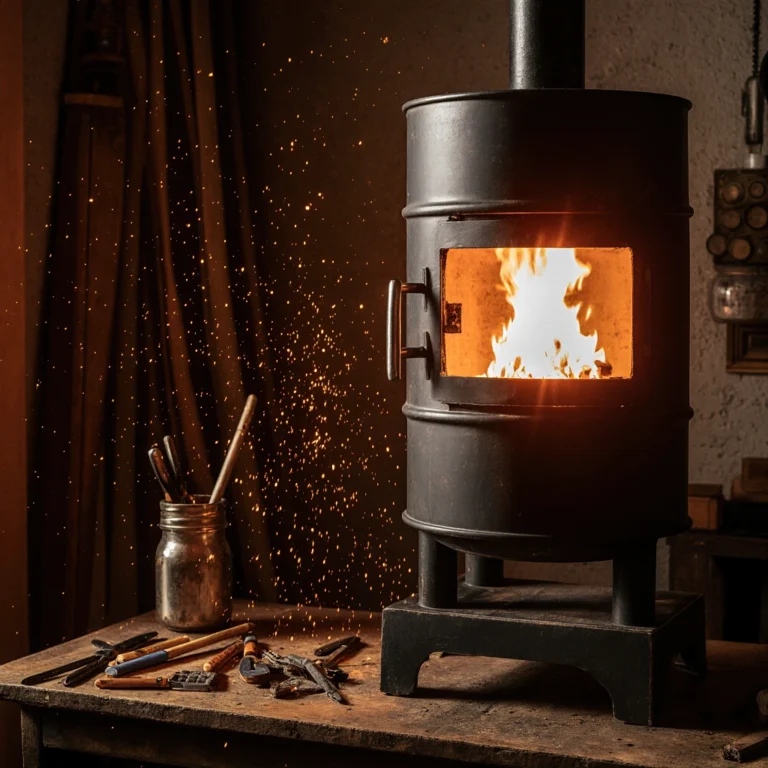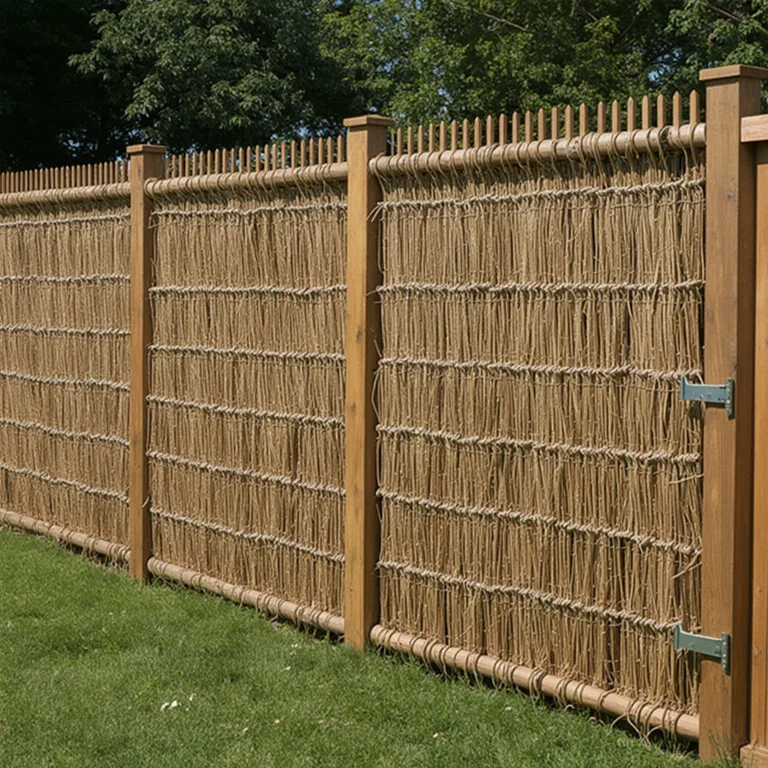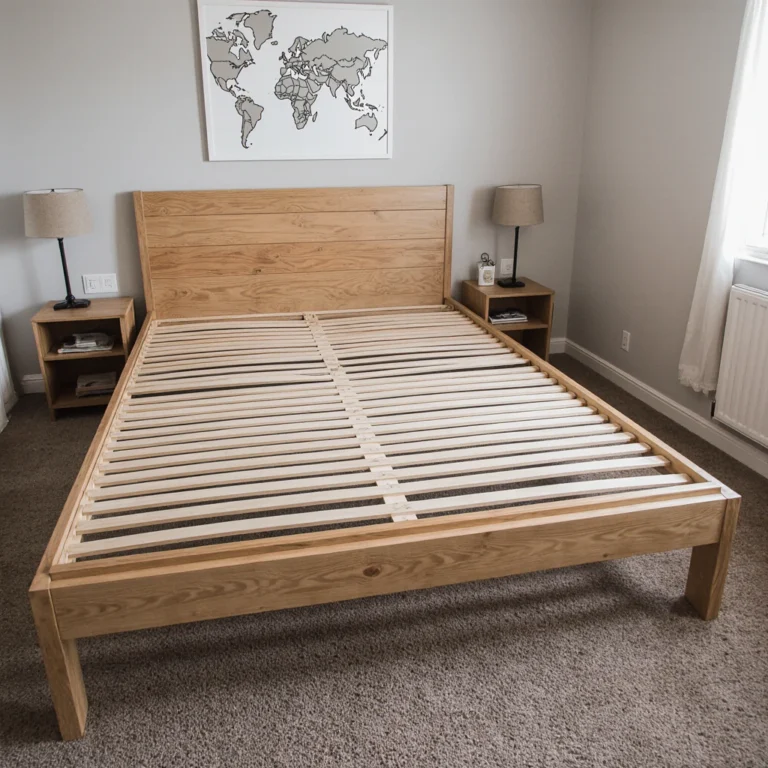DIY Wood Projects: Transform Your Home on a Budget with Creative Woodworking Ideas
Table of Contents
DIY wood projects offer a great way to transform your living space while staying on budget. Whether you’re a novice woodworker or someone who wants to add personal touches to your home, these creative wood crafts will help you achieve stunning results without breaking the bank.
The beauty of working with wood lies in its versatility and accessibility. From simple weekend projects to more elaborate furniture pieces, woodworking allows you to create custom decor that suits your taste and the needs of your space. Plus, the joy of crafting something with your own hands is unparalleled.
Why Choose DIY Wood Projects for Your Home Decor?
Handcrafted wood projects have become increasingly popular, and for good reason. According to recent home improvement trends, more than 73% of homeowners prefer handmade decor pieces over mass-produced alternatives. Wood is known for its durability, natural beauty, and endless customization possibilities.
When you tackle DIY woodworking projects, you not only save money, but you create pieces with character and unique stories. Every project becomes a conversation starter and a reflection of your creativity. The warmth of natural wood complements almost any interior design style, from rustic to modern minimalism.
Essential Tools and Materials for Beginner Woodworking Projects
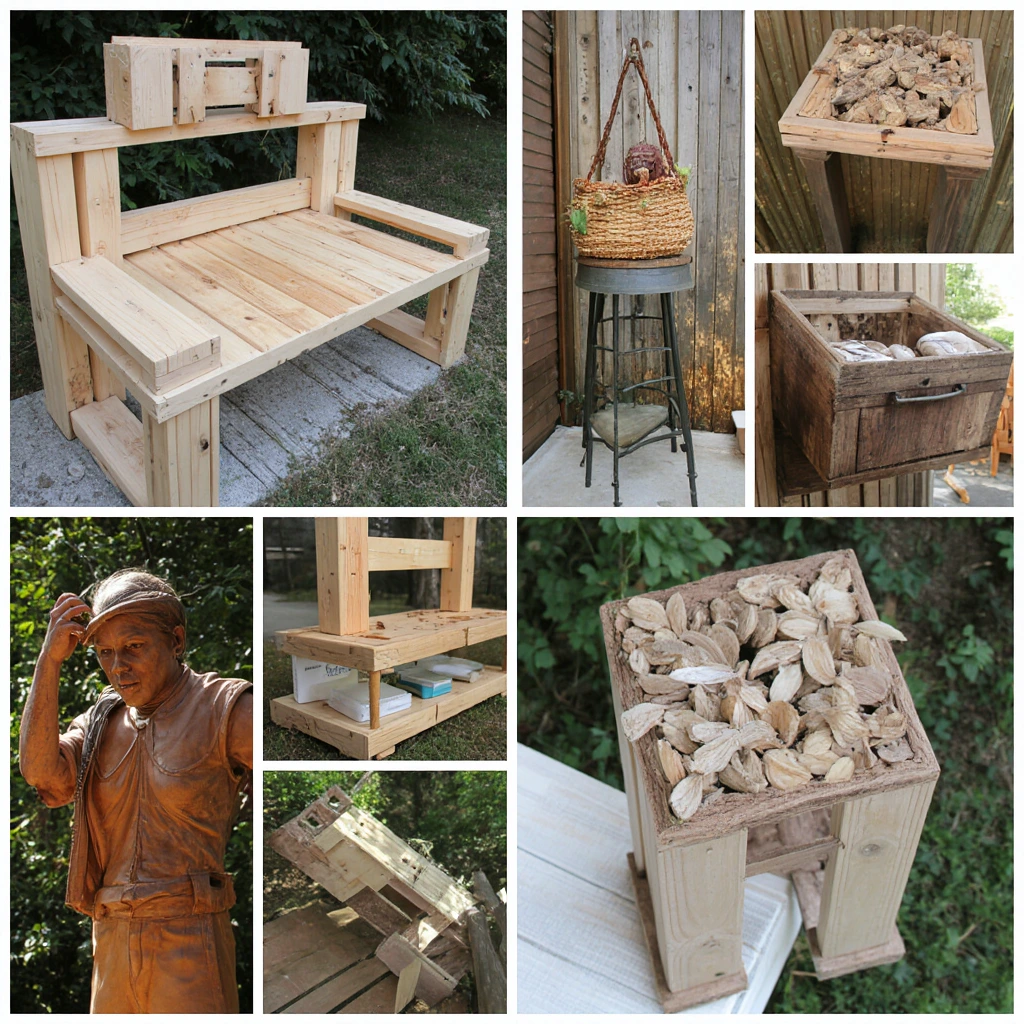
Before embarking on your first home woodworking project, gathering the right tools and materials is crucial to success. Here’s what every beginner woodworker needs:
Basic Toolkit
Start with these basic tools that will serve you through multiple projects. A reliable circular saw or miter saw will meet most cutting needs, while a drill with multiple heads ensures secure assembly. Don’t forget multi-grit sandpaper (120, 220, and 320) for smooth finishes.
A tape measure, level, and square are essential for ensuring accuracy. High-quality wood glue, screws, and finishing materials such as stain or paint complete your basic toolkit. As you progress, you can gradually add more specialized tools.
Choosing the Right Wood
Pine and cedar are excellent choices for beginners because they are easy to work and affordable. Reclaimed wood has a distinctive character and sustainable design, though it may require additional preparation. Plywood is great for painted projects and provides stability for larger pieces.
Consider the intended use of your project when choosing wood. Outdoor projects require weather-resistant wood such as cedar or treated wood, while softer, more affordable options can be used for interior decorative pieces.
10 Simple DIY Wood Projects Perfect for Beginners
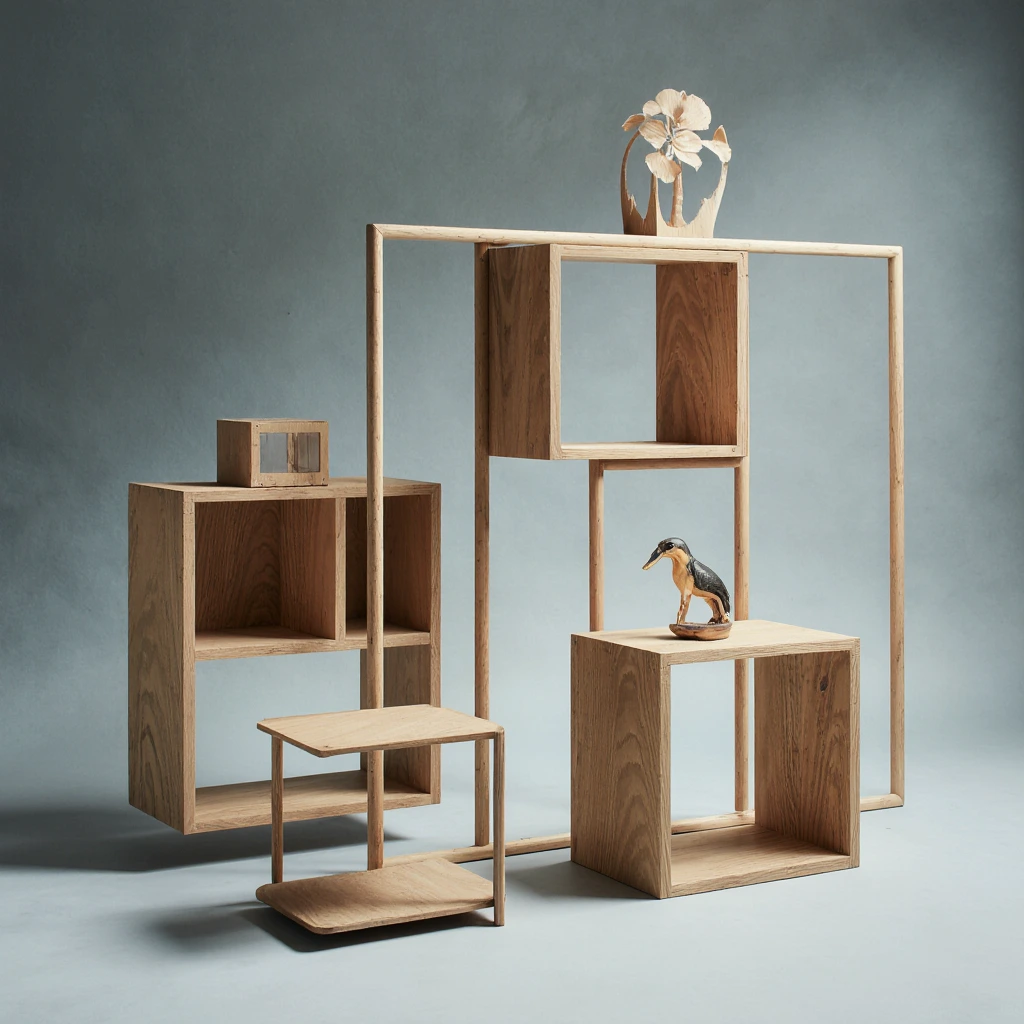
1. Rustic Floating Shelves
Transform any wall with these modern floating shelves under $20. Cut your board to the desired length, sand it smooth, and install hidden brackets for a sleek look. These shelves are ideal for kitchens, bathrooms, and living rooms.
The secret to professional-looking floating shelves lies in accurate measuring and level installation. Use a wood stud finder to mark their positions for maximum support.
2. Wood Plant Stands
Create stunning displays for your indoor plants using tiered wood stands. These projects require simple cutting and basic assembly skills, making them ideal for woodworking novices.
Design your plant stand to accommodate multiple pot sizes, creating a visual impact through varying heights. A simple three-tiered design using 1×4 lumber can accommodate multiple plants while remaining stable.
3. Farmhouse Picture Frames
Create custom picture frames that add rustic charm to any room. Using basic meter sticks and wood glue, you can create frames of any size to display your favorite memories.
Consider creating a gallery wall using frames of different sizes but in coordinating wood colors. This creates a harmonious visual effect with flexibility in photo arrangement.
4. Kitchen Spice Rack
Organize your kitchen essentials with a custom spice rack tailored to your specific needs. This project combines functionality and style, making cooking more efficient and enjoyable.
Create shallow shelves with raised edges to prevent spice containers from sliding around. Add labels or chalkboard paint for easy identification.
5. Wooden Storage Boxes
Create attractive storage solutions that hide clutter and add a stylish aesthetic. These boxes are perfect for organizing everything from toys to office supplies.
Add rope handles or decorative hardware to enhance functionality and appearance. Consider designing multiple sizes to create a coordinated storage system.
6. Simple Wooden Benches
Make versatile benches that serve as both decor and storage. These projects teach the basics of woodworking while creating functional furniture pieces.
Focus on a sturdy construction using proper jointing techniques. Sand thoroughly and apply a protective coating to ensure durability and easy maintenance.
7. Wall-Mounted Coat Rack
Keep entryways organized with custom coat racks that reflect your personal style. This project combines carpentry basics with tool assembly skills.
Consider adding a shelf above the hooks to store hats, gloves, and keys. Choose hooks that complement your existing home furnishings.
8. Wooden Serving Trays
Create elegant serving pieces perfect for entertaining or everyday use. These projects allow for creative expression through wood selection and finishing techniques.
Experiment with different wood combinations or add rope handles for a rustic touch. The food-safe finishes on these trays ensure they withstand direct food contact.
9. Garden Planters
Take your woodworking outdoors with custom-designed planters that enhance your garden or patio space. These projects teach outdoor building techniques and weather protection.
Line the pots with plastic to protect the wood from moisture while ensuring good drainage. Consider adding casters or legs for easy transport.
10. Decorative Wall Art
Express your creativity with wooden wall art pieces that add a bold touch. From geometric patterns to nature-inspired designs, the possibilities are endless.
Layer different wood colors or textures to add depth and visual interest. Consider incorporating other materials like metal or rope for a multi-media aesthetic.
Money-Saving Tips for Home Wood Projects
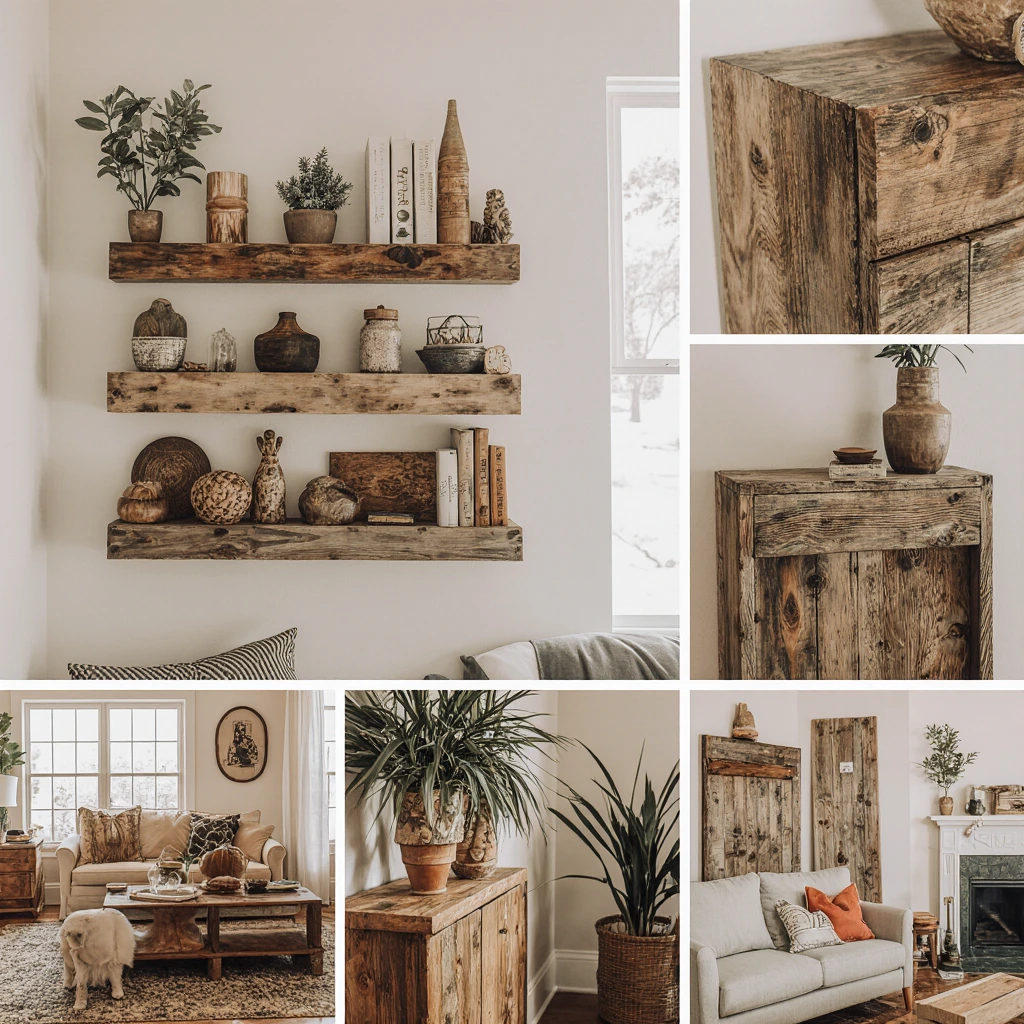
Smart shopping strategies can significantly reduce project costs without compromising quality. Visit lumberyards during off-seasons when prices typically drop. Many stores offer discounts on slightly damaged boards that are ideal for painted projects.
Consider joining local woodworking groups or online communities, where members often share or sell materials at discounted prices. Building relationships with contractors can provide access to leftover materials from larger projects.
Wood Recycling
Reusing existing materials significantly reduces costs and adds character to your projects. Old wooden pallets, shipping crates, and discarded furniture provide excellent materials for creative woodworkers.
Barn wood, fencing boards, and salvaged building materials offer unique textures and a vintage look that can be expensive to recreate artificially. Always inspect recycled materials for nails, rot, or pest damage before use.
Furniture refinishing allows you to transform existing pieces into custom decor that suits your current style. Sometimes, a simple sanding and refinishing can completely transform an old piece.
DIY Seasonal Wood Project Ideas
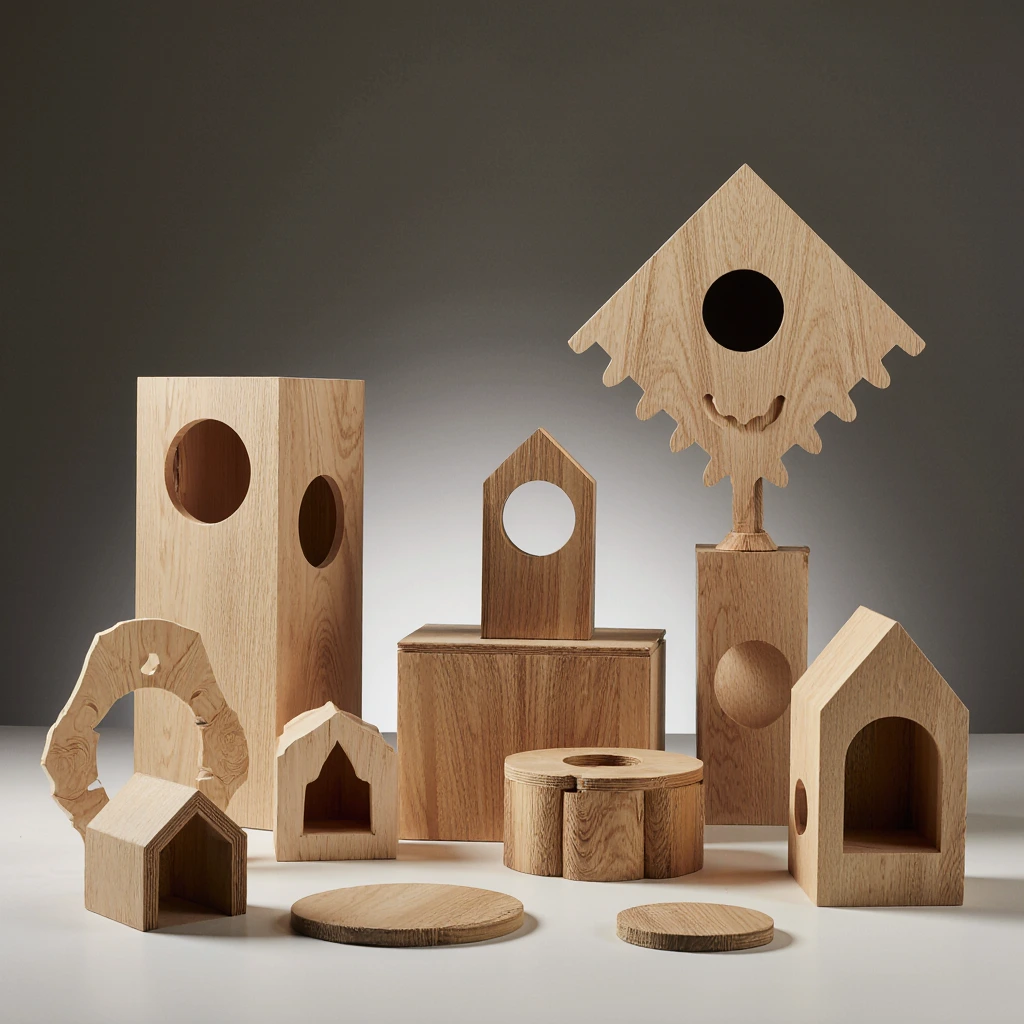
Spring and Summer Projects
The warmer months are ideal for outdoor projects and pieces that showcase the beauty of nature. Garden planters, garden furniture, and decorative garden art take advantage of favorable working conditions.
Create seasonal decorations like wooden garden signs, birdhouses, or outdoor lanterns that will add a touch of beauty to your garden throughout the growing season.
Fall and Winter Projects
The cooler months favor indoor projects and festive creations. Focus on home organization solutions, furniture making, and decorative pieces that make your home welcoming.
Holiday decorations, gift projects, and home improvement items are excellent cold-weather woodworking activities.
Common Mistakes in Home Woodworking Projects and How to Avoid Them
Many beginners rush into projects without adequate planning, leading to frustration and wasted materials. Always make detailed plans, measure twice, and cut once to avoid costly mistakes.
Neglecting sanding results in poor finish quality and an unprofessional appearance. Invest time in proper surface preparation for dramatically improved results.
Using wood species that are not suitable for specific applications can lead to project failure. Research the properties of wood and match the materials to the intended use and environmental conditions.
Inadequate safety precautions jeopardize health and the success of the project. Always wear appropriate protective equipment and understand how to use tools before starting work.
Advanced Techniques for Intermediate Carpenters
As skills develop, incorporating joinery techniques such as dados, mortise and tenon, and swallowtail joinery can produce stronger, more professional results. These methods require patience but produce pieces with an antique quality.
Wood finishing techniques, which go beyond basic staining, can significantly enhance the appearance of a project. Use techniques such as denting, aging, or special paint effects to achieve unique results.
Understanding wood movement and grain direction prevents cracking and warping in finished pieces. This knowledge becomes essential for large furniture projects and long-term durability.
Safety First: Basic Precautions for Home Woodworking Projects
Working with wood requires adherence to safety protocols that protect your health and the quality of your project. Always wear safety goggles when cutting, sanding, or drilling to protect your eyes from flying debris.
Dust masks or respirators prevent the inhalation of harmful particles, especially when working with treated wood or when sanding creates fine dust. Hearing protection is essential when using power tools for extended periods.
Be sure to use sharp tools to ensure safety and quality results. Dull blades require more force and increase the risk of accidents. They also produce poor-quality pieces that require additional finishing work.
Finishing Techniques That Add a Shine to Projects
A good finish transforms simple woodworking projects into professional-looking pieces that add aesthetic appeal to any home. Start with a thorough sanding, then progress from rough to fine for smooth surfaces.
Pre-stain conditioners help the color absorb evenly, especially on softwoods like pine. Apply the stain with a lint-free cloth, observing the direction of the grain for even coverage.
Protective topcoats, such as polyurethane, provide durability and water resistance. Apply thin, even coats with light sanding between coats for glass-smooth results.
Building a DIY Woodworking Workshop on a Budget
Creating an efficient workspace doesn’t require a huge investment or dedicated rooms. Many successful projects spring from garage corners, basements, or even outdoor spaces with careful planning.
Invest in high-quality lighting to ensure safety and precise work. Organize tools and materials with simple storage solutions that make frequently used items easily accessible.
Consider sharing your workshop space or tools with neighbors or friends to reduce individual costs while building community bonds around shared interests.
Seasonal Maintenance for DIY Woodworking Projects
Outdoor projects require regular maintenance to withstand the elements. Annual cleaning, inspection, and reapplying of protective finishes significantly extends the life of the project.
Interior pieces benefit from regular dusting and occasional touch-ups. Maintain a consistent paint or coating color for quick repairs that maintain the look over time.
Document your projects with photos and notes about the materials and techniques used. This information is invaluable for future maintenance or similar projects. ## Transform Your Home with Personalized DIY Wood Projects
The journey of creating DIY wood projects is not just about home decor; it builds skills, confidence, and lasting satisfaction. Each completed project represents personal growth and creative expression unmatched by mass-produced products.
Start with simple projects to develop your basic skills, then gradually take on more complex challenges as your confidence grows. Remember, imperfections add character and tell the story of craftsmanship.
Your home deserves decor that reflects your personality and meets your unique needs. DIY wood projects provide the perfect opportunity to create exactly what you envision, while developing valuable skills and enjoying the therapeutic benefits of handcrafting.
Get Started: Start Your DIY Wood Project Journey Today
Are you ready to transform your living space with beautiful and affordable DIY wood projects? Start by choosing one simple project from this guide and gathering the necessary materials and tools. Share your completed projects on social media using #DIYWoodProjects to inspire others and connect with fellow woodworkers.
Sign up for our newsletter for more DIY project inspiration, detailed project tutorials, and exclusive tips from experienced woodworkers. Your dream home is just one project away!
Best Amazon Picks :
FAQs
Q: What is the best wood for beginners to work with?
A: Pine is excellent for beginners due to its affordability, ease of workmanship, and availability. It’s soft enough for easy cutting yet strong enough for most projects. Cedar is another great option, especially for outdoor projects, as it’s naturally resistant to weather and insects.
Q: How much money can I save on DIY woodworking projects?
A: DIY woodworking projects typically cost 60-80% less than buying similar products from stores. A $40 floating shelf can be made in stores for less than $10. The savings increase significantly for larger projects such as furniture or built-in storage solutions.
Q: What tools do I need to get started?
A: Basic tools include a circular saw or miter saw, a drill with bits, a tape measure, a level, a square, sandpaper, wood glue, and screws. This basic kit covers 90% of beginner projects. You can always rent or borrow specialized tools for specific projects.
Q: What is the biggest mistake beginners make with woodworking projects?
A: Rushing through the planning phase causes the most problems. Measure carefully, draw up detailed plans, and double-check all measurements before cutting. Allocating time in advance prevents costly material waste and frustrating rework.
